Khat
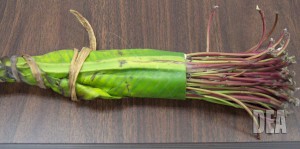
What is Khat?
A stimulant. For centuries, khat, the fresh young leaves of the Catha edulis shrub, have been consumed where the plant is cultivated, primarily in East Africa and the Arabian peninsula. There, chewing khat predates the use of coffee and is used in a similar social context. Khat has been brought into the United States and other countries for use by emigrants from the source countries. It contains a number of chemicals among which are two controlled substances, cathinone and cathine. As the leaves mature or dry, cathinone is converted to cathine, which significantly reduces its stimulatory properties.Methcathinone, commonly called cat, is occasionally confused with khat. Methcathinone is a synthetic Schedule I substance that has a similar chemical structure to the cathinone in the khat plant. Methcathinone is produced in clandestine laboratories and sold as a methamphetamine alternative. The addictive properties and side effects of this synthetic are more intense than either of the naturally occurring khat substances.
How is it used?
Khat is typically chewed like tobacco. The fresh leaves, twigs, and shoots of the khat shrub are chewed, and then retained in the cheek and chewed intermittently to release the active drug. Dried plant material can be made into tea or a chewable paste, but dried khat is not as potent as the fresh plant product.Khat can also be smoked and even sprinkled on food.
What are its short-term effects?
Compulsive use may result in manic behavior with grandiose delusions or in a paranoid type of illness, sometimes accompanied by hallucinations.What is its federal classification?
Schedule IVSource: Drug Enforcement Administration (DEA)
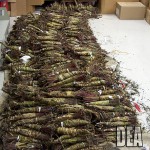
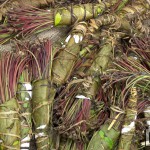
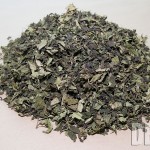
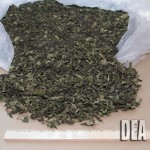
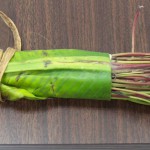
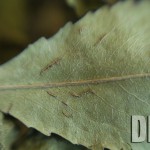
No comments:
Post a Comment